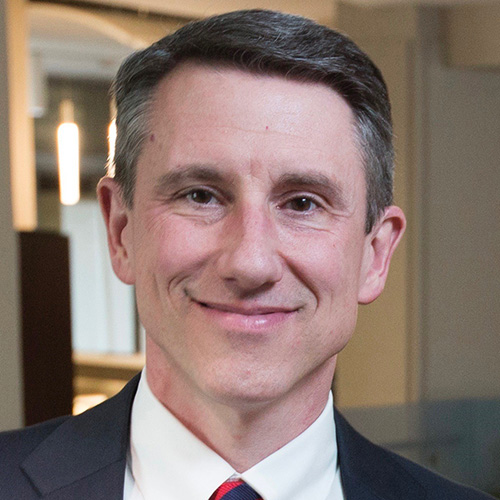Case Studies
Kevin Kimle is directing development of a series of case studies of historic American entrepreneurs and dilemmas they faced in building what ultimately became significant disruptor businesses. The case studies will be used in classes in which the fundamentals of entrepreneurship are taught and will eventually be a part of a book, The Entrepreneur’s Ethic. These are the six cases undertaken in 2020-21.
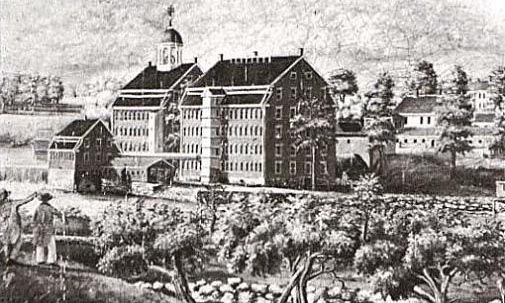
Francis Cabot Lowell, Boston Manufacturing Company
Francis Cabot Lowell, a Boston merchant, faced significant technical and financial obstacles in starting Boston Manufacturing Company in 1814. He aimed to create the world’s first fully integrated cotton textile mill. He created new technologies for the power loom using mathematics and organized a corporation at a massive scale when no such thing had even been attempted in the United States. The case documents Lowell’s work to develop textile manufacturing technology, an integrated business model and what would ultimately be a template for American manufacturing and capital formation that had implications well beyond the textile industry.
Wright Brothers, The Wright Company
Between 1900 and 1903, Wilbur and Orville Wright from Dayton, Ohio, set out to create the first self-propelled airplane. The bicycle shop owners undertook this project at a time when several prominent scientists publicly expressed doubts about the feasibility of such a technology. The case documents key technologies that were developed by the Wrights and the methodology used to overcome significant unknowns to ultimately achieve first flight at Kitty Hawk, North Carolina in December 1903.
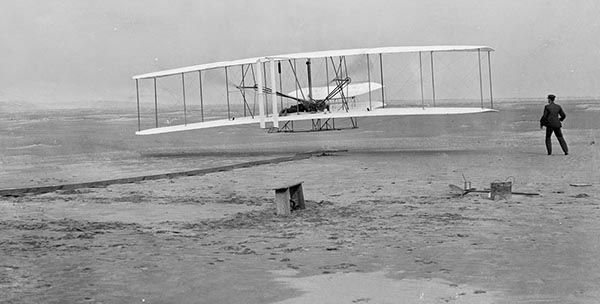

Henry Ford, Ford Motor Company
In 1905, Henry Ford was working at his third startup business aiming to commercialize automobiles. Arguments with investors about vision and strategy had pushed Ford from both. The second, after Ford’s exit from the business, had been renamed Cadillac, which aimed to build luxury automobiles. Ford’s vision was to create a vehicle for the masses, but that vision was again under assault from investors. This case deals with Ford’s dilemma in creating an ownership base in his business supportive of his vision as well as the methods he used to overcome significant technical challenges.
Walt Disney, Walt Disney Company
In late 1937, Walt Disney’s business was on the brink of financial failure. It was deep into the process of making the first feature length animation in history, Snow White. Disney’s original budget of $500,000 to make the film had come and gone, and it looked like the total would be closer to $1,500,000. Bank of America considered closing Disney’s line of credit, which threatened not only completion of the film, but the existence of the business. The case details Walt Disney’s forward-looking approach and his use of creativity not only in film, but in managing relationships with funders.
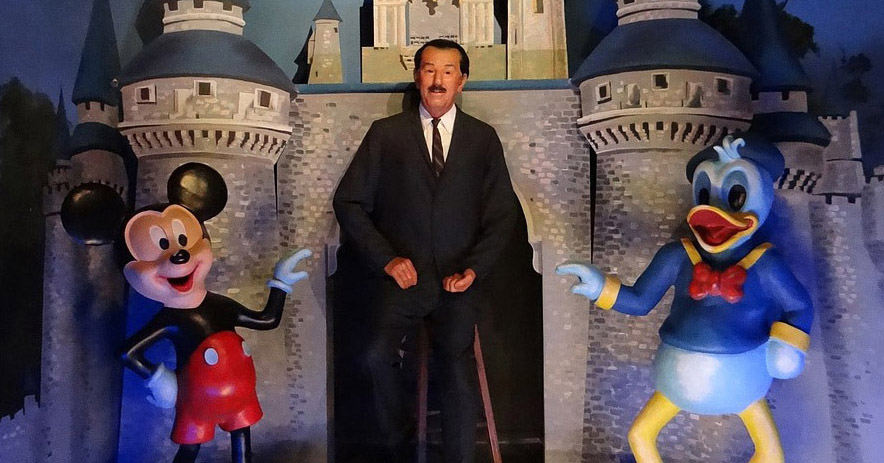
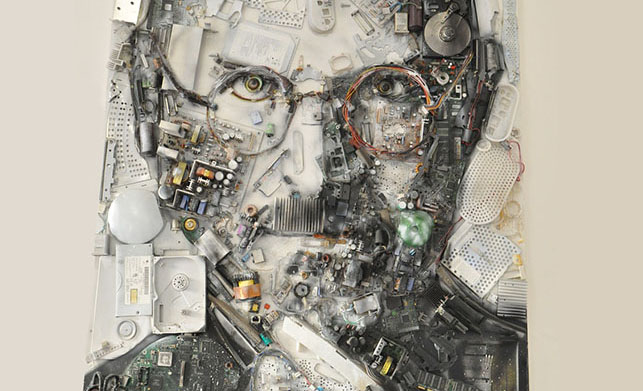
Steve Jobs, Apple
In mid-1997, Apple was within months of running out of cash and faced the prospect of bankruptcy. The Board had reached out to Steve Jobs to consider coming back to Apple, the business he’d co-founded in 1976 with Steve Wozniak, but which he’d been fired from in 1985 in a Board dispute. He’d sold all but one share of his Apple Stock and founded two businesses, NEXT and Pixar. The case details the reluctance of Jobs to come back to Apple, the missteps the business had taken to get it into serious financial trouble, and how Jobs thought about what the business need to change to survive and eventually thrive.
Ewing Kauffman, Marion Laboratories
Ewing Marion Kauffman was considering starting his own pharmaceutical firm in 1950 after being mistreated by his employer, Lincoln Laboratories. The pharmaceutical industry was in its infancy, but Kauffman, with no scientific education or background, envisioned a new type of business model that would both leverage his skills and enable him to create a financially viable business. The case details Kauffman’s dilemma with his current employer and the decision on whether to create a startup pharmaceutical business.
